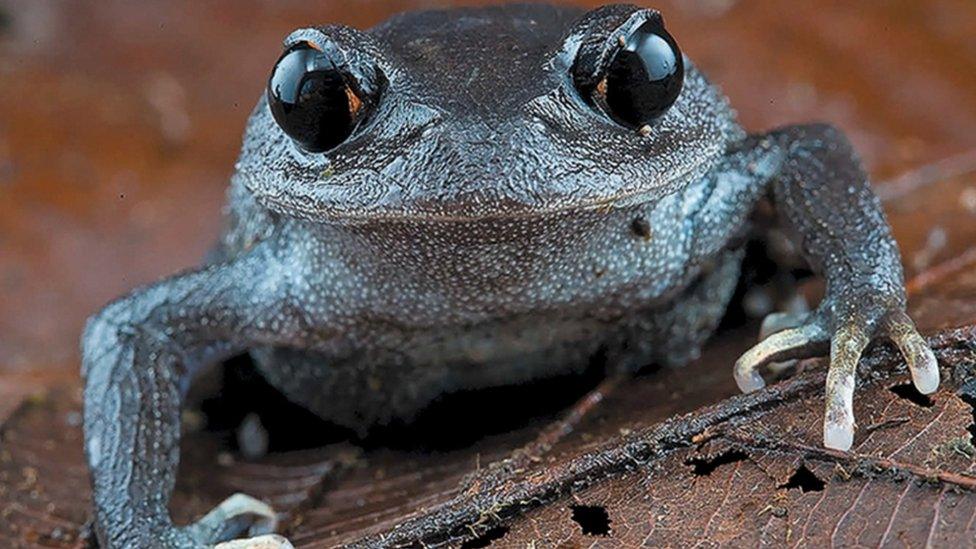Worldwide wildlife populations decline by nearly 70%
- Published
- comments
Bel Lyon explains why the Amazon needs protection
The number of wildlife populations around the world has shrunk by nearly 70% in the last 50 years.
A new report carried out by the World Wildlife Fund (WWF), has revealed more about the health of our planet.
The Living Planet Report is carried out every two years and this helps experts and scientists to find out how the natural world is doing, what threats it is facing and what this means for people.
The WWF is urging world leaders to keep their promises to reduce emissions, limit the impact of climate change and support nature.
Tanya Steel, the boss of the organisation, says: "The climate and nature crises are not some faraway threat".
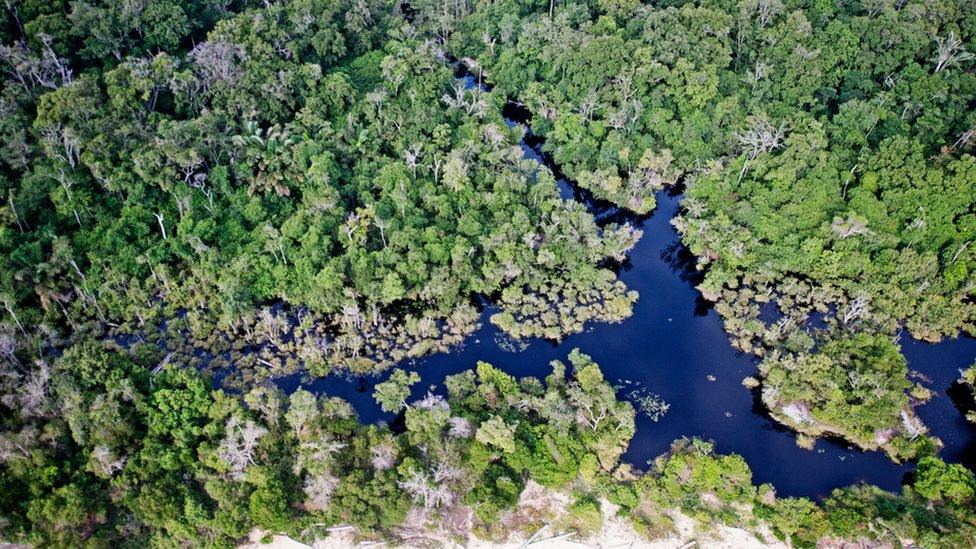
Trees are really important because they absorb CO2 and produce oxygen
The report revealed that the biggest losses are in south America, especially in the Amazon rainforest, where trees are cut down for things like gold mining and soy farming.
Campaigners are asking for more to be done to protect the rainforest because it plays such an important role in the Earth's climate and biodiversity.
Bell Lyon from the WWF said : "The trees are responsible for giving us the oxygen that we breathe but also for absorbing and storing carbon which is hugely important for maintaining our world's climate."
They want more investment in sustainable farming and for products which damage the rainforest not to be available in the shops in the UK.
Which species are in decline?
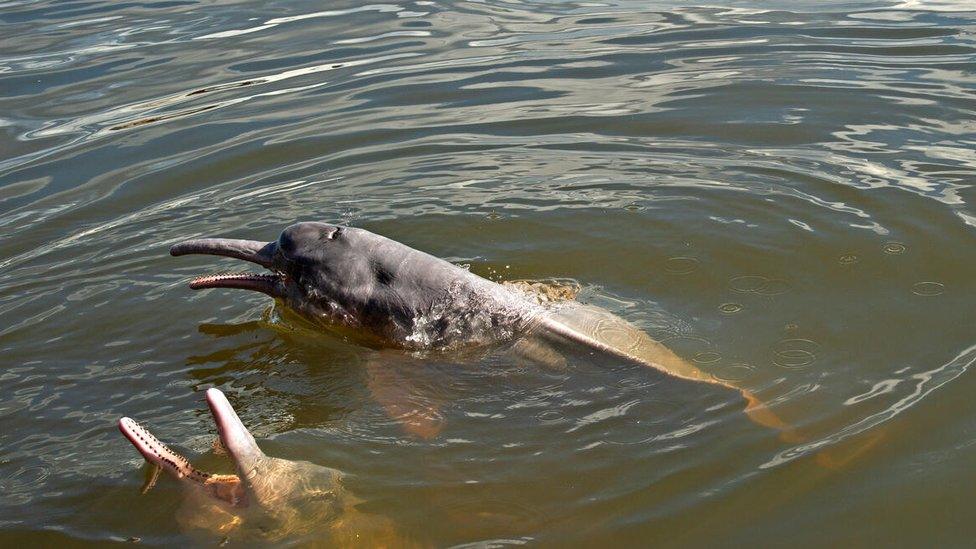
The number of pink river dolphins in the Amazon, which is one of the most bio-diverse regions on Earth, have dropped by 65%
32,000 wildlife populations were looked at and this included more than 5,000 different species of mammals, birds, fish, amphibians and reptiles.
In south and western Australia, sea lion pups have declined because of hunting activities, being caught in fishing gear, or getting injured or catching diseases.
Freshwater species like the pink river dolphins and harlequin frogs are classified as vulnerable because their habitats are being destroyed.
The report found that shark and ray numbers have also dropped because of people fishing.

A species of shark called an oceanic whitetip shark has declined by 95% globally and is classified as critically endangered
How is this happening?
This decline in wildlife and wild places is mostly due to human activities such as deforestation, farming, fishing, pollution, and buildings and transport networks being built.
The WWF says climate change is increasingly becoming a major threat to habitats and ecosystems.
At least 17% of the Amazon Rainforest has already been lost because of deforestation, according to the WWF. The Amazon is the world's most largest rainforest and is home to at least 10% of all animal and plant species on the planet.
It's not all bad news!
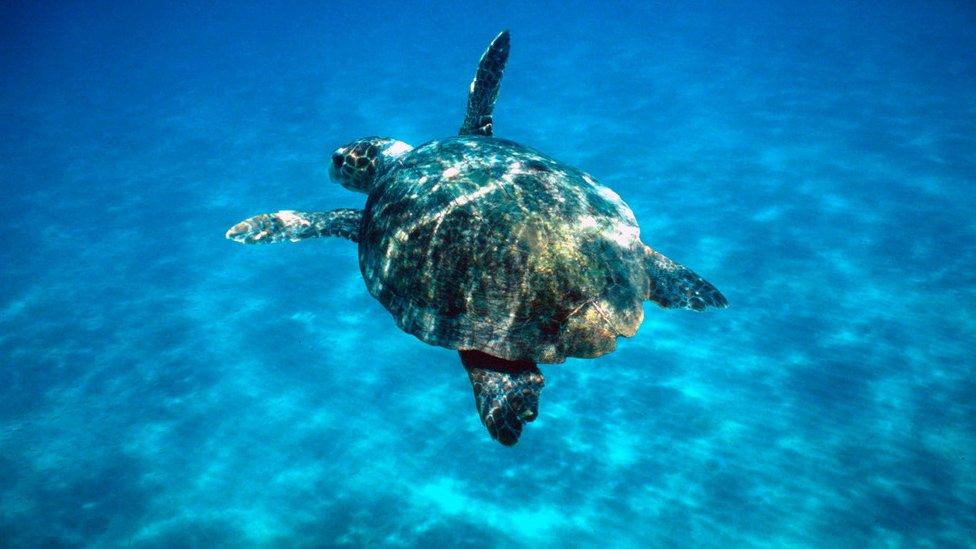
Cages are being used to protect turtle nests from foxes and nests are being moved away from areas where are lots of tourists
Some wildlife populations saw an increase in numbers according to this report:
The number of loggerhead turtle nests increased by 500% along the coastline of Chrysochou Bay, Cyprus, between 1999 and 2015 because of conservation projects. This is because wildlife protection experts have been protecting turtle nests from being destroyed.
In the UK, the common crane (which is a type of bird) became extinct around 1600 due to hunting and loss of habitat. But a small breeding population was re-introduced in Norfolk in 1979 and 2021 was the most successful year for cranes since the 17th century.
In the Democratic Republic of Congo and Uganda, populations of mountain gorillas have grown to 604! This is up from 480 individuals in 2010.
What can be done to help?
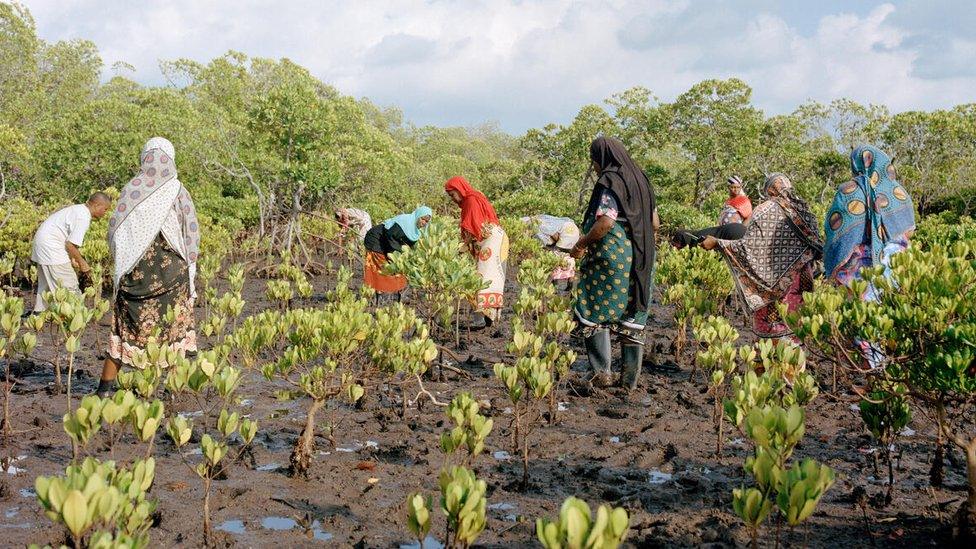
The WWF has shared some top tips on small things people can do which make a difference.
Learn more about the problem.
Writing down thoughts and concerns on paper and sharing them with friends, family, businesses, the local council or MP - they then might be able to make different environmental friendly choices and decisions.
Think about what to do to support local wildlife in your area, whether it's a city, near a seaside or in the countryside. For example, plant more trees, or create new habitats such as a pond, woodpile or bird box.
Ask your parents to choose sustainable products in the supermarket.
- Published4 January 2022
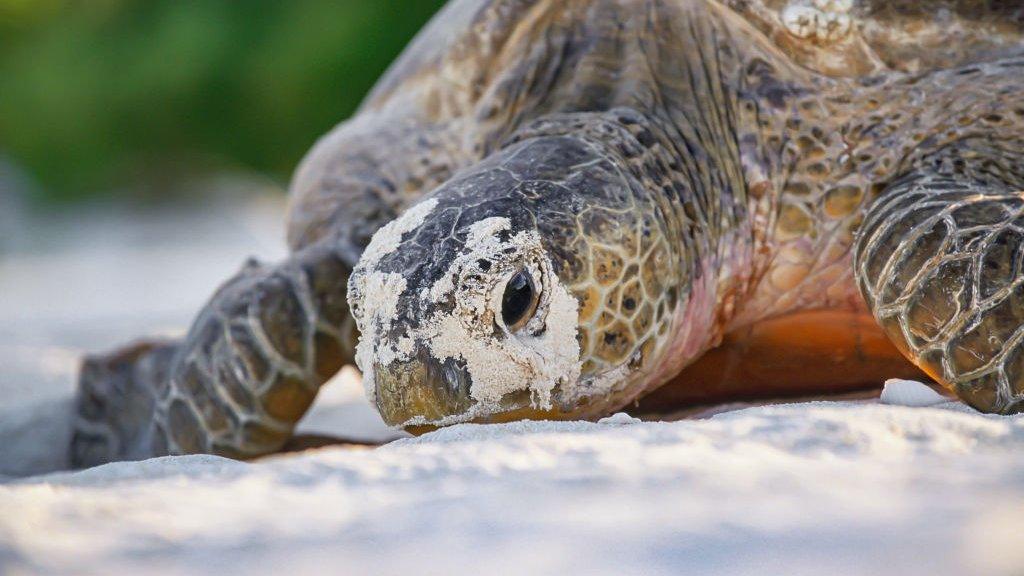
- Published12 October 2022
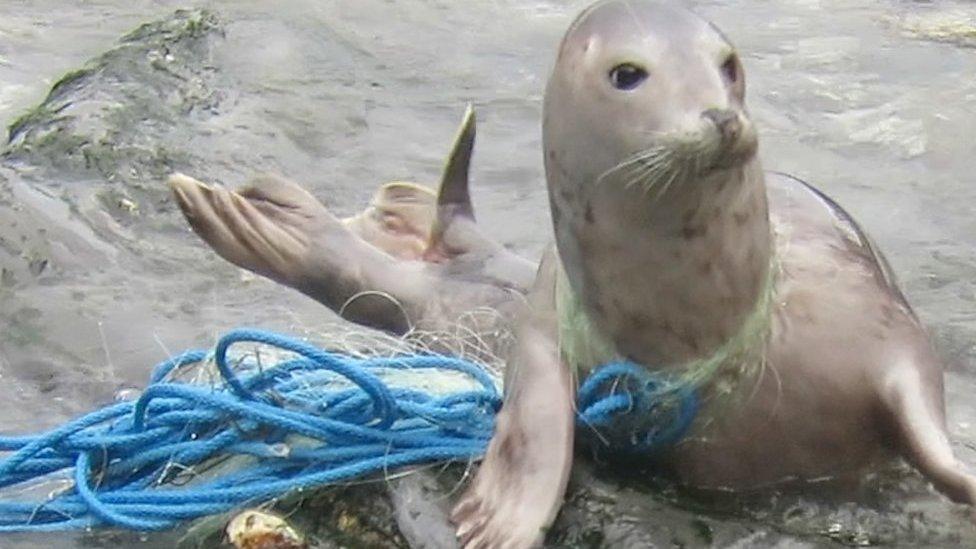
- Published8 November 2021
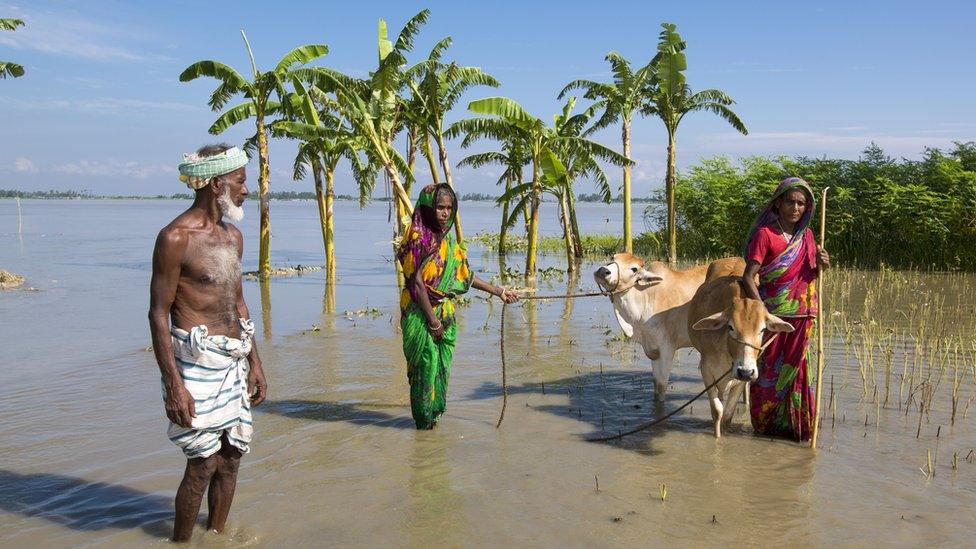
- Published27 January 2022
